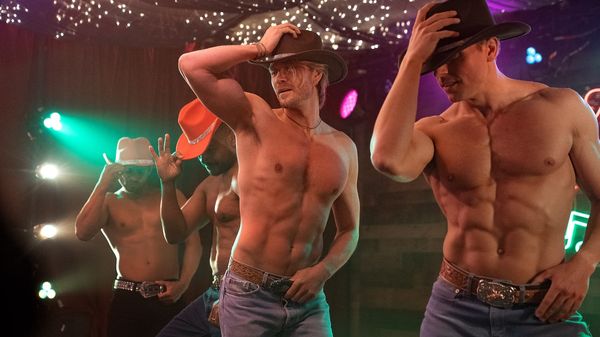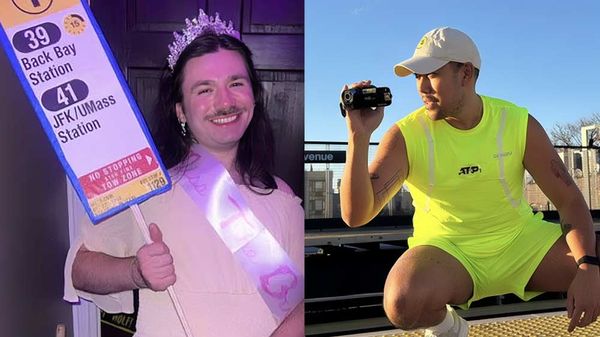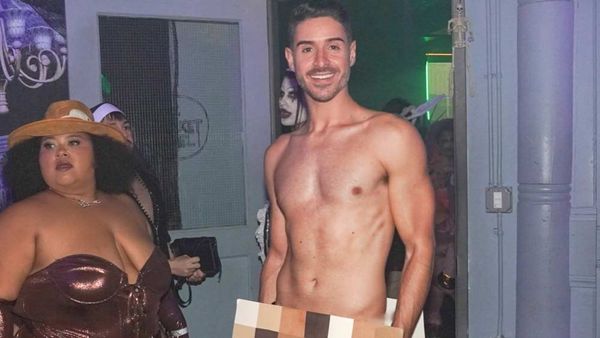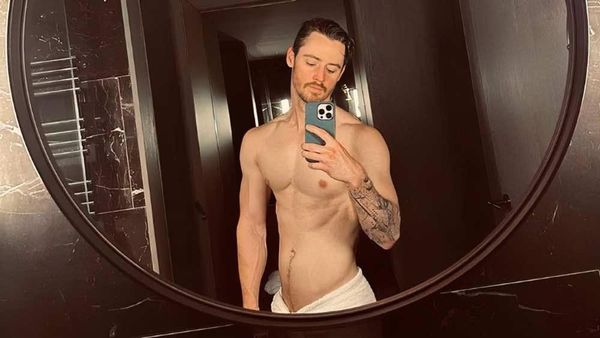
March 26, 2017
Puzzling Out Influence
Sura Wood READ TIME: 4 MIN.
It sounds like the plot of a Hollywood movie: A young art student encounters the work of an elder master, and his life and career are altered forever. But that is the actual real-life narrative that began in 1943, when Richard Diebenkorn, then attending Stanford University, visited the Palo Alto home of art collectors Michael and Sarah Stein (brother and sister-in-law of Gertrude) and saw the paintings of the Henri Matisse for the first time. Lightning struck, but not all at once. It wasn't until nearly a decade later, after Diebenkorn attended a Matisse retrospective in Los Angeles in 1952, and started moving from his roots in abstract expressionism to figuration, that he began incorporating elements of his hero's approach in earnest. An enormous 1966 Matisse retrospective at UCLA with a whopping 300 pieces, some of them radical departures, was also influential.
Matisse/Diebenkorn, a new exhibition now at SFMOMA, chronologically charts the life-long impact of the French modernist on the quintessential California artist and founding member of the Bay Area Figurative movement. Consisting of about 100 artworks, including a revelatory gallery filled with extraordinary, incisive ink-and-charcoal figure drawings by both men, the show focuses on Diebenkorn's development through four decades of his paintings. Despite his unabashed, self-professed admiration of Matisse, this is the first exhibition to place their paintings side by side. Their works are paired or exhibited in small clusters, accompanied by elucidating text, encouraging visitors to compare and make connections between the artworks for themselves in a scholarly "you decide" presentation.
Although the two never met, and the places and times in which they lived were markedly different, they had much in common. Both were extraordinary painters, superior draughtsmen and sublime colorists with an interest in the relationship between interior and exterior space, as well as in the way forms are arranged and light is introduced onto the canvas. Both deliberately left behind changes, revisions and errors that occurred on the way to completing a final work of art. In many instances, they were also attracted to similar subject matter, the artist studio and women - in particular, often drafting their wives into service as models. Certainly, there are differences between them. For the most part, Diebenkorn, who spent much of his career as an abstract painter, adopted a larger format; generally, Matisse's aesthetic was more opulent.
It's unlikely Diebenkorn would have been the same painter had it not been for his fateful encounter with Matisse. While there's plenty of evidence to support that contention, inspiration is a complicated, often-indirect proposition. As Picasso once famously acknowledged, all artists are thieves. In this case, teasing apart the influence puzzle is an especially enjoyable, speculative pursuit. For example, the purplish-gray geometric building blocks of Diebenkorn's "Ingleside" (1963), a cityscape referencing the San Francisco neighborhood of his youth, seem to subtly echo Matisse's "Notre Dame, a Late Afternoon" (1902), a subliminal, somewhat surreal rendering of the great Parisian landmark in the bewitching violet hues of twilight.
There are moments in this show when, if you looked quickly, you might mistake one artist's work for the other, though details in their respective paintings might be quite different. Take the darkened indigo rooms with views to the outdoors of Matisse's "Interior with a Violin" (1918), which has an overstuffed armchair and a peek at the beachfront, while a similar scene in Diebenkorn's "Interior with Doorway" (1962) offers seating of the austere folding-metal variety and a vista of the local gas station across the street. Then there's the artists' shared aptitude for blue, expressed in splendid paintings such as Matisse's tribal turquoise "On the Terrace" (1912) and "The Blue Window" (1913), whose jewel-toned glass living room is one with the sky, except for a few splashes of tangerine and red. Diebenkorn chimes in with the powdery pale "Ocean Park #54" (1972) and the abstract "Ocean Park #79" (1975), an architectural rhapsody in Danish blue.
The instructive art-historical case aside, the show is teeming with a surfeit of beautiful robust works. Two paintings in particular invite one into the frame. "Interior, Flowers, and Parakeets" (1924) by Matisse depicts a warm, homey space composed of patterned wallpaper and rugs gently colliding with a table adorned with a birdcage and a pastel blur of spring flowers, a setting that opens into a windowed parlor beyond. It's shown near Diebenkorn's less formal "Girl with Plant" (1960), where a woman, seated with her back to us, gazes on desert blooms curling toward a infinitely deep, blue-green picture window on the right, an element that stops just short of dominating the composition. Each is superbly balanced, structurally complex, sensual yet restrained, and, well, perfect in its own way.
It would be criminal not to mention Matisse's improbably posed, cubist-inflected masterpiece "Large Reclining Nude" (1935). But if there's a single knockout to be cited, it's "Recollections of a Visit to Leningrad" (1965), which Diebenkorn created after a pivotal 1964 trip to Russia, where he took in impressive collections of Matisse at several of the country's museums. It's his most overt homage to the master, and what a spectacular beauty it is. A kaleidoscopic merging of indoors and outdoors, with sea and sky in azure and cerulean blue, and a prominent square of brightly-colored flowered patterning - a shout-out to the French artist's fascination with wallpaper, opulent fabrics and fashion - it seduces the eye and electrifies the soul.
Through May 29. sfmoma.org







